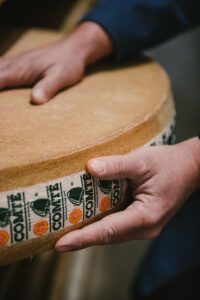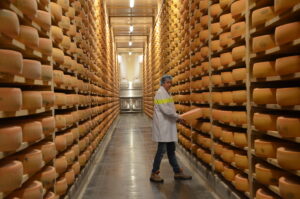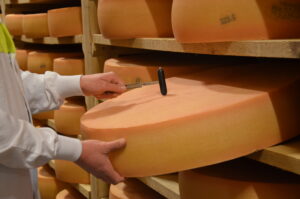

From the first fruitières of the 13th century to today, the spirit of collaboration lives on in the heart of every cheese.
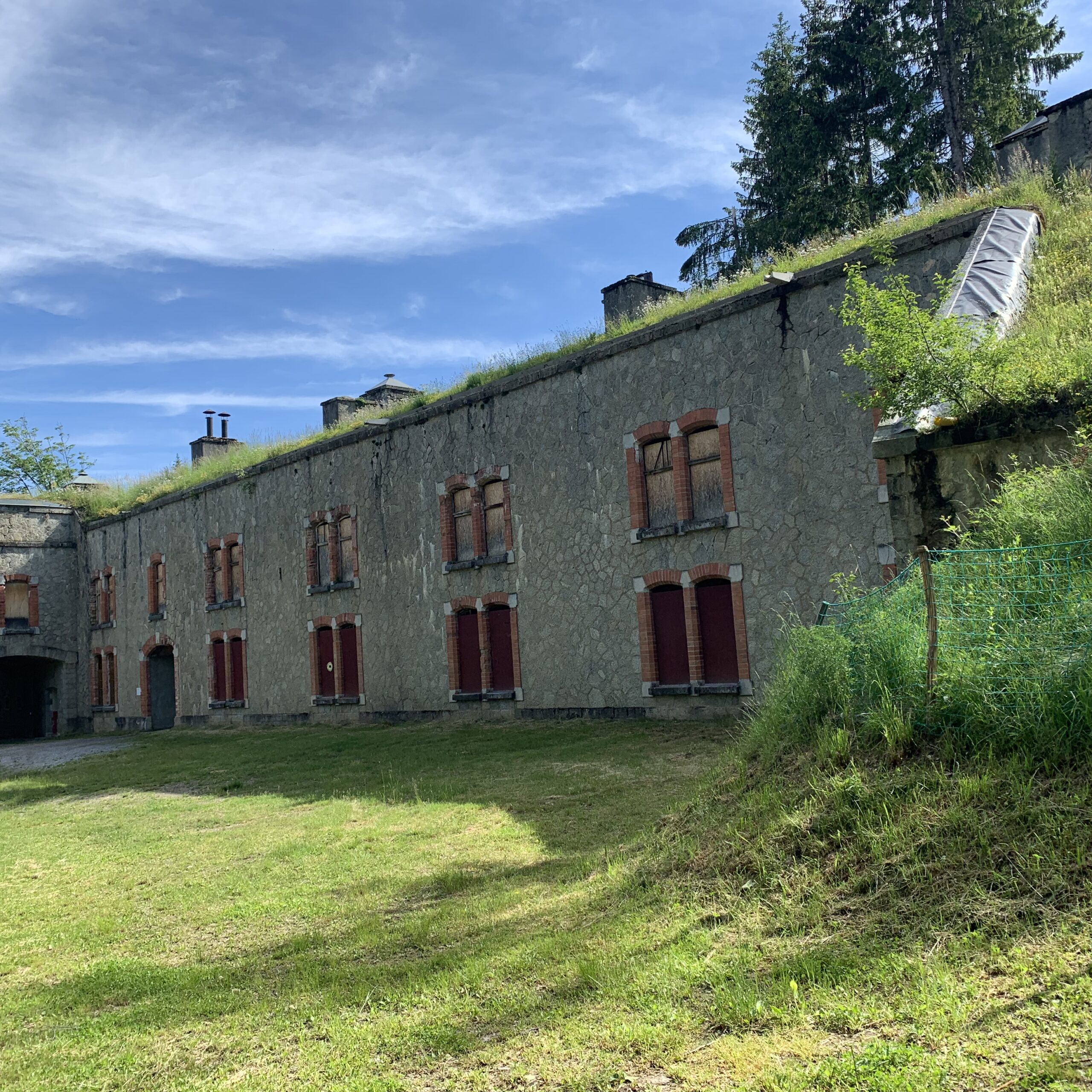
What is a Fruitière?
A fruitière is more than a cheese factory—it is a community. Originating in the Jura region, these cooperatives brought together farmers to pool their milk and expertise, ensuring a consistent supply of high-quality cheese. This collective spirit continues today, preserving traditions that have lasted for centuries.
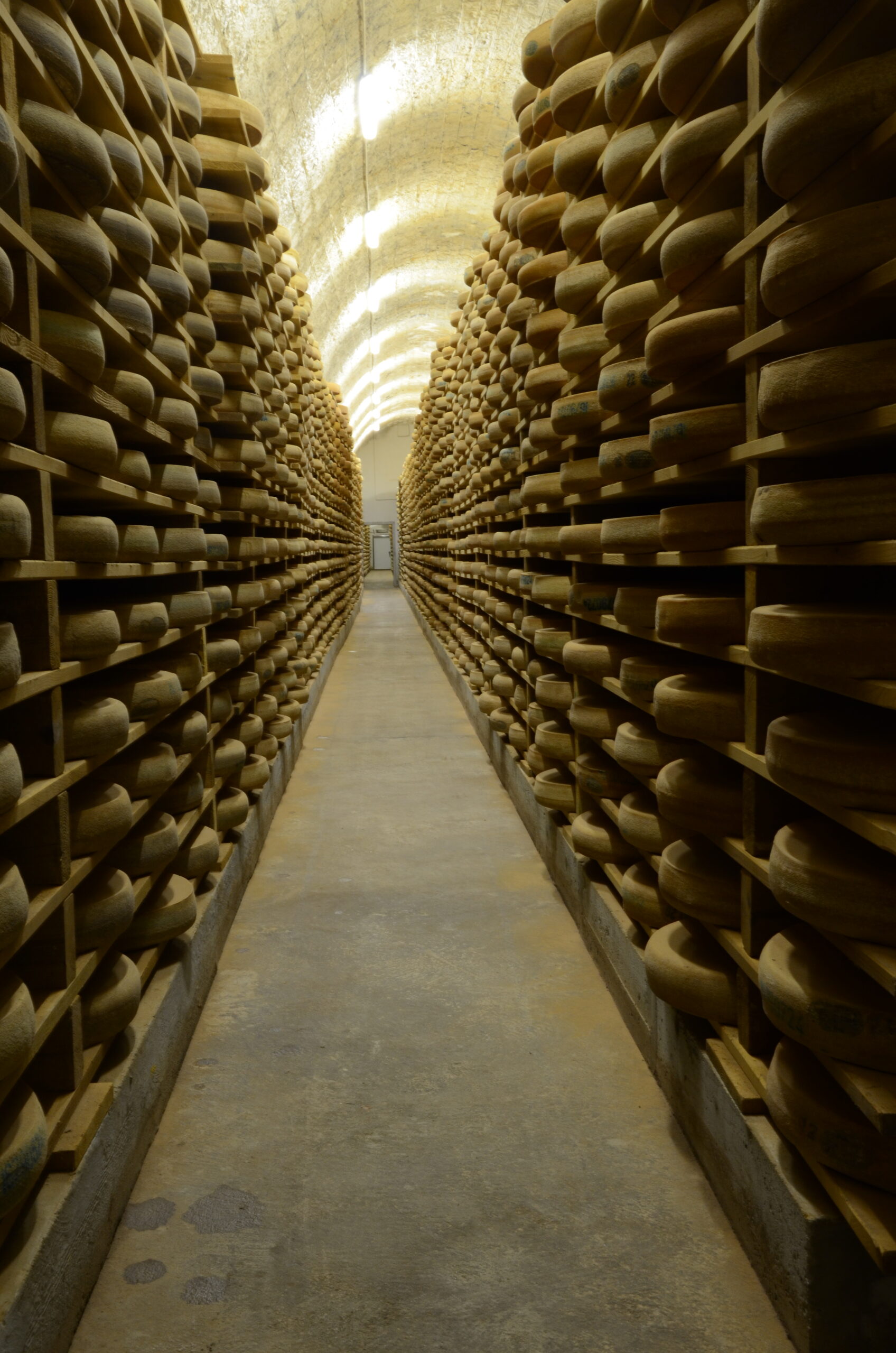
From Milk to Wheel
Cheese production in a fruitière follows a meticulous process:
- Collection: Fresh milk from local farms is delivered to the fruitière daily, ensuring optimal freshness.
- Curdling: The milk is gently heated and curdled using rennet.
- Cutting and Cooking: The curds are cut into small grains and cooked to release moisture, shaping the texture of the final cheese.
- Moulding and Pressing: The curds are placed into moulds and pressed to form the iconic wheels.
Brining and Aging: The wheels are salted in brine and moved to aging cellars, where their journey continues.
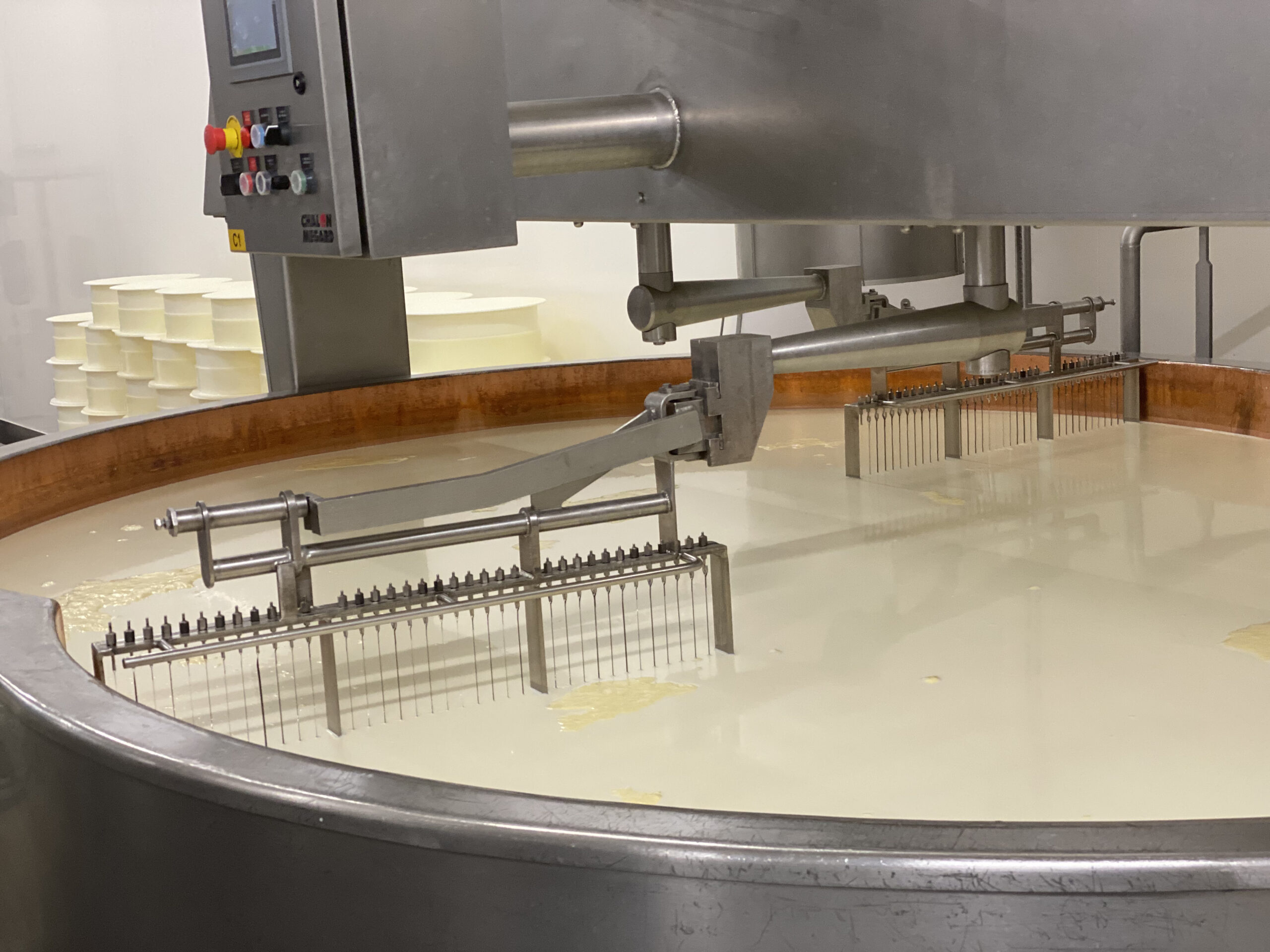
Cutting the curd
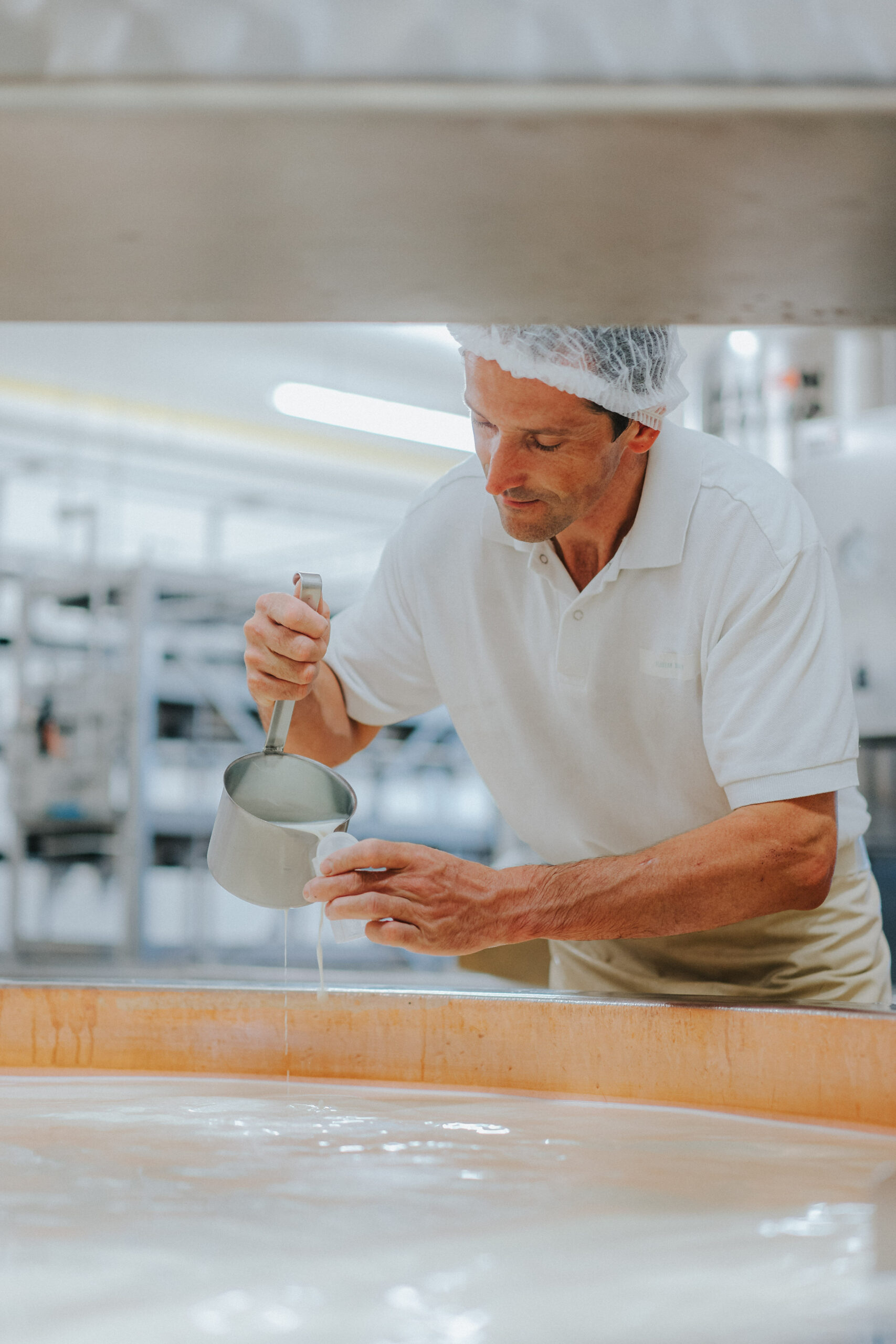
Curdling: The cheese master add rennet in the copper tank
Fun Facts: Shapes and Traditions
Did you know that some cheeses, like Beaufort, are convex, while others, such as Abondance, are concave? This design, rooted in history, allowed for easier transport across mountains using ropes and mulebacks. These subtle details reflect the ingenuity of past cheese-makers and their adaptation to their environment.
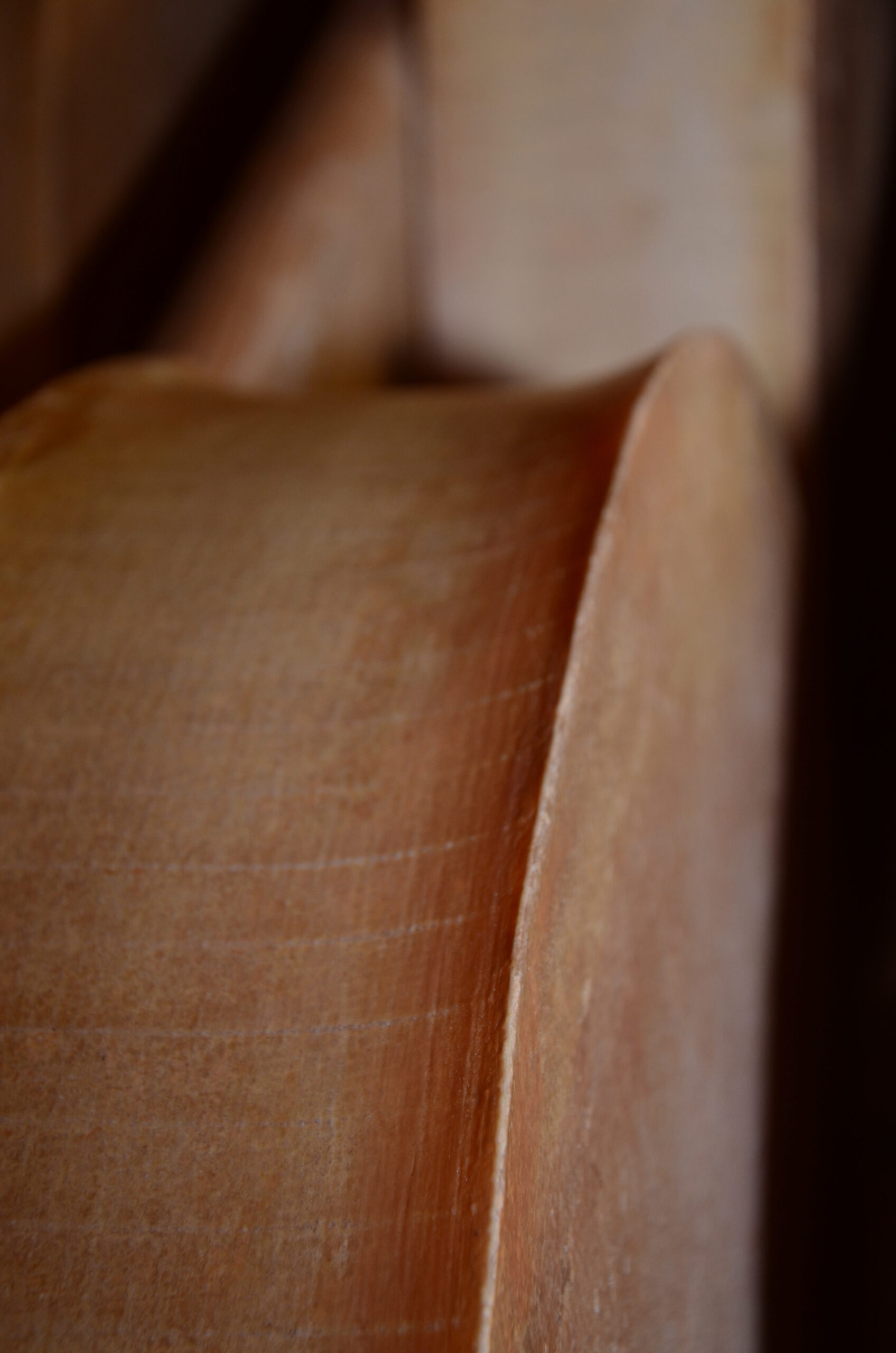
Concave
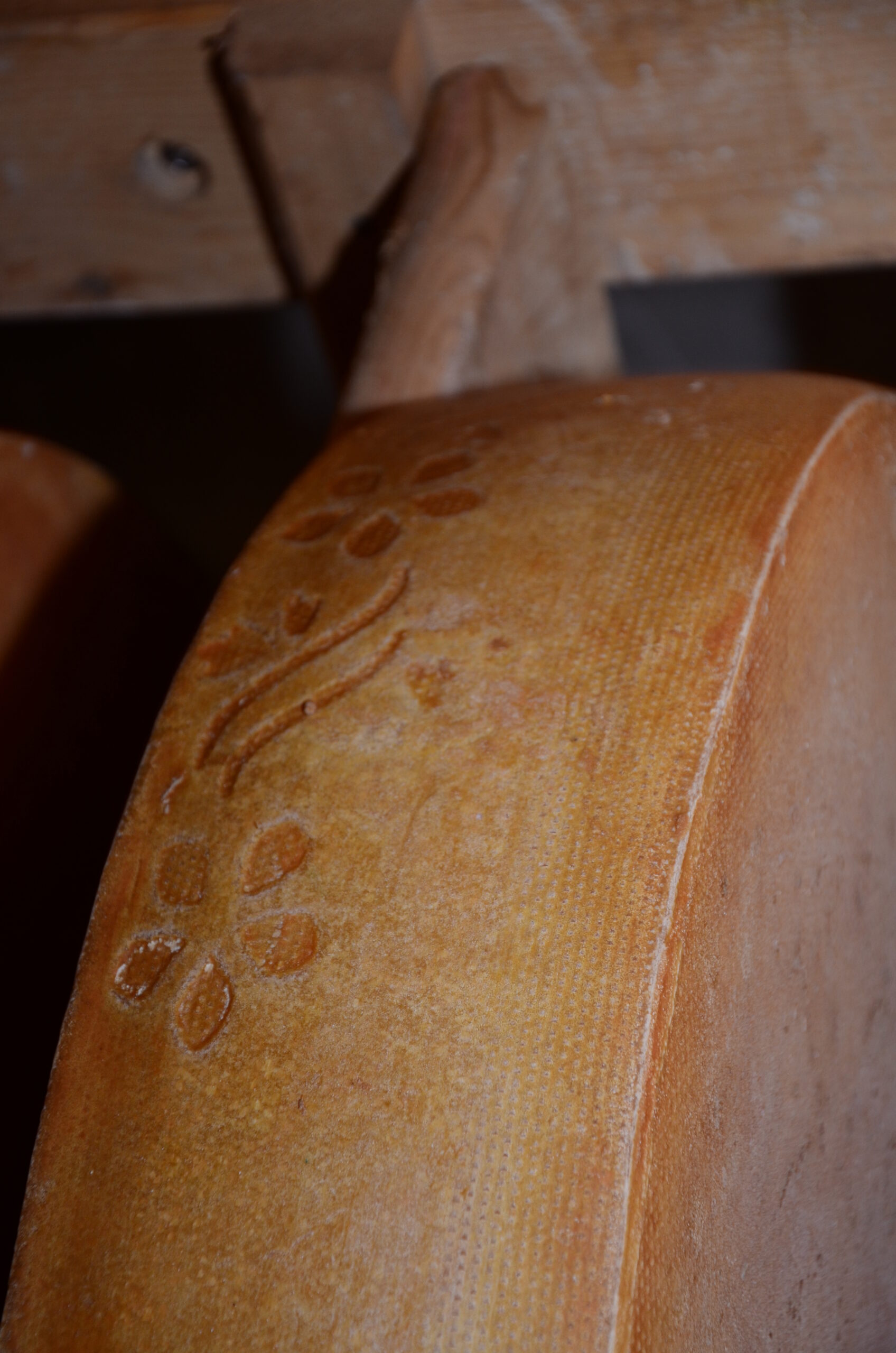
Convexe

